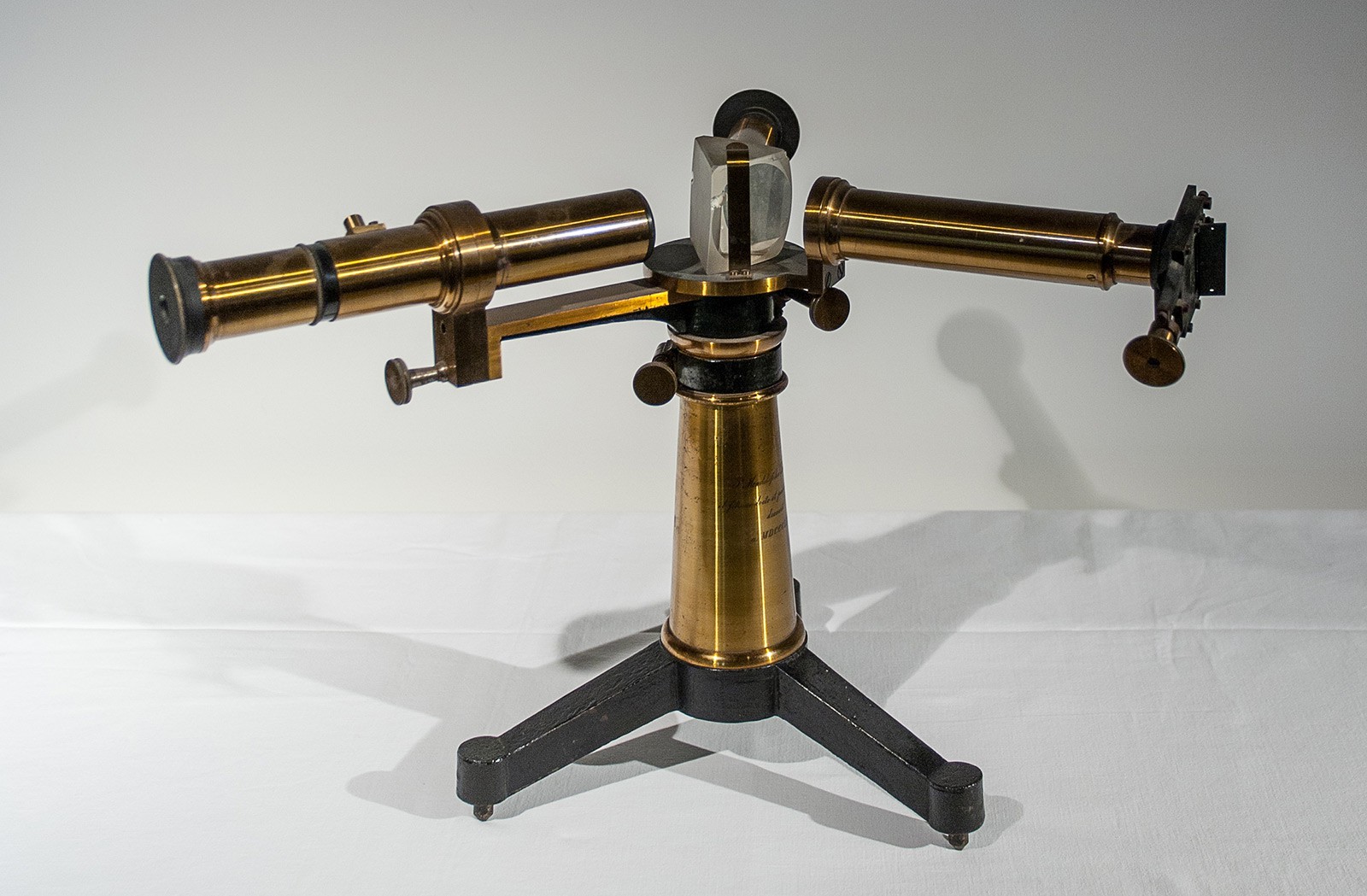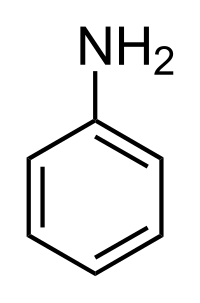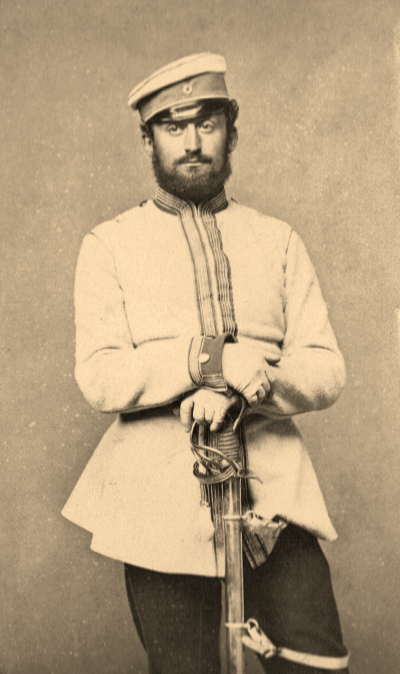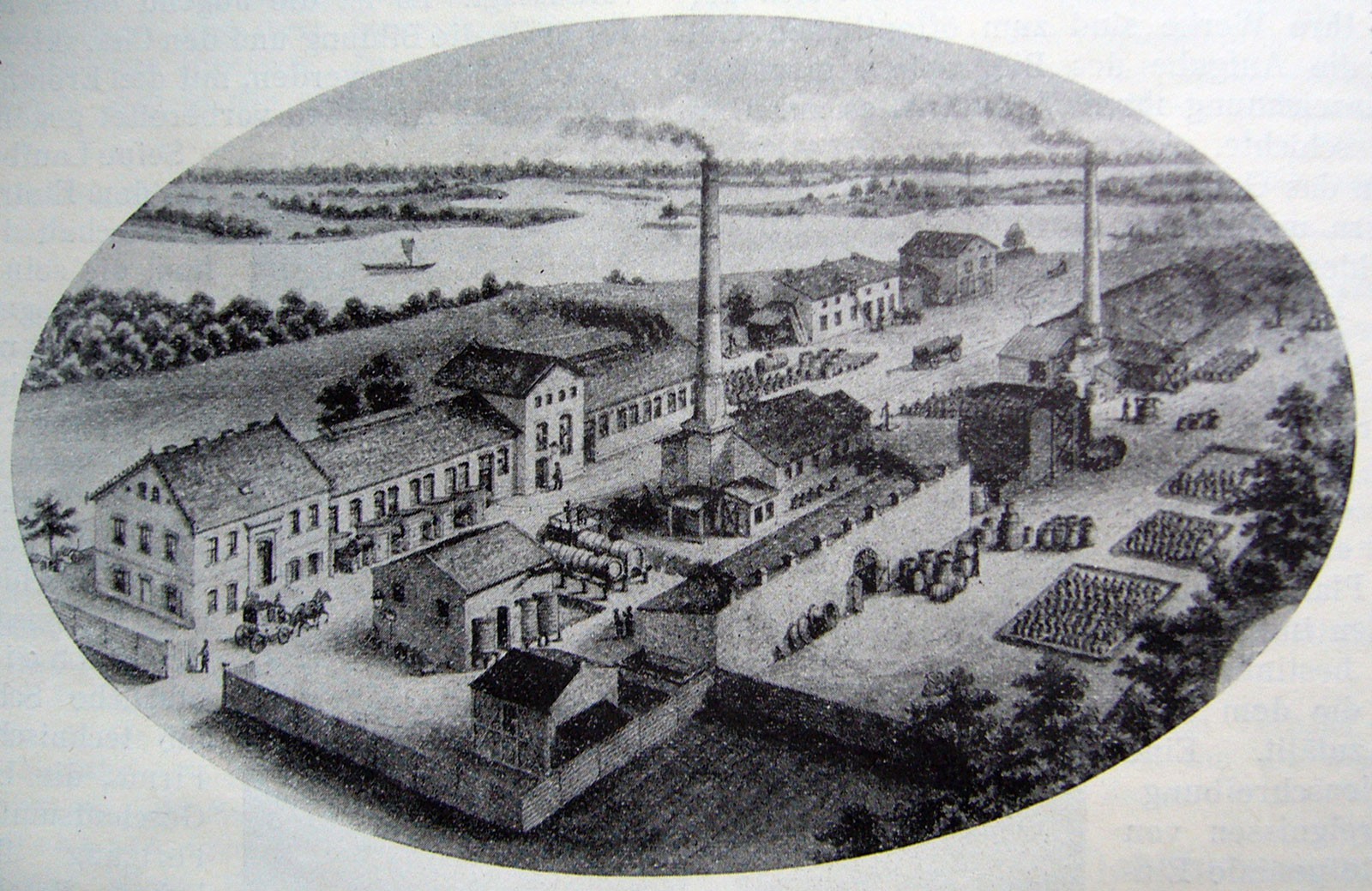Paul Mendelssohn Bartholdy the Eider
the FouderFather: Felix Mendelssohn Bartholdy
Mother: Cecile Mendelssohn Bartholdy
Siblings: Fanny Hensel, Rebecka Lejeune Dirichlet, Paul Mendelssohn-Bartholdy
After a year of voluntary military service (1863/64), Mendelssohn Bartholdy joins the staff of a research laboratory, where he becomes acquainted with the newly emerging field of organic chemistry. Here he also gets to know the fellow chemist who later becomes his business partner, Carl Alexander Martius. He has been at his first job for just one and a half years when the Austro-Prussian War breaks out. The young chemist is drafted and sees action, including at the decisive battle of Königgrätz.
According to the mores of the times, successful self-made men are entitled to select a marriage partner of suitable social rank. Thus, Paul Mendelssohn Bartholdy chooses Elisabeth (“Else”) Oppenheim, a granddaughter of his great uncle Alexander Mendelssohn – thereby making his son Otto a double descendant of Moses Mendelssohn. Sadly, Paul’s young spouse dies of typhus shortly after giving birth. To escape his grief, he redoubles his commitment to his work.

After the war, Mendelssohn Bartholdy and his colleague Martius decide to exploit the opportunities arising from scientific advances in their field to establish their own company. Its purpose will be to manufacture the basic input materials for synthetic dyes, especially aniline oil and oil of mirbane. The former product also gives the company its name: Gesellschaft für Anilinfabrikation (Company for the Fabrication of Aniline). The partners purchase a large plot of land just outside of the Berlin city limits, in the municipality of Rummelsburg on the Spree River, where they proceed to set up workshops, laboratories, and warehouses along with a machine room and boiler room.


1870/71, beim Deutsch-Französischen Krieg, wurde der Chemiker erneut zum Militär eingezogen, während sein Geschäftspartner Martius das Unternehmen weiterführte und ihm regelmäßig berichtete. Ein Jahr später, 1872, kauften die beiden Chemiker die nahegelegene Chemische Fabrik Dr. Jordan. Die Firmen verschmolzen 1873 zur Actien-Gesellschaft für Anilin-Fabrication, die fortan auch Anilinfarben produzierte, schnell zum größten Chemieunternehmen Norddeutschlands aufstieg und später unter dem Kürzel Agfa bekannt wurde.

In 1873, Paul Mendelssohn Bartholdy ties the knot a second time, this time with Enole Oppenheim, the younger sister of his first wife. But this family idyll, too, is to be short-lived. After evincing symptoms of cardiac trouble, Paul Mendelssohn Bartholdy succumbs to a heart attack at the age of 39. He was only a few months older than his father.
